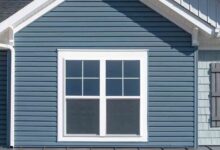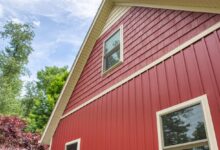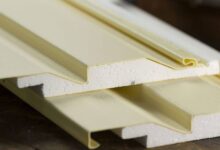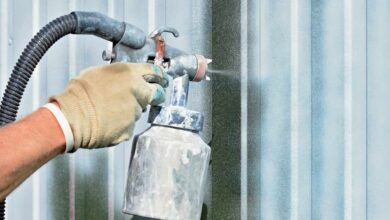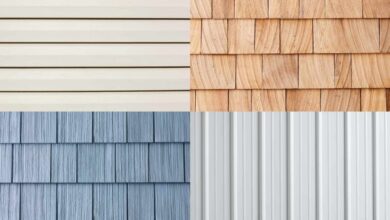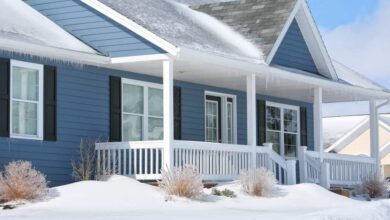Siding Replacement Financing Options
Replacing your home’s siding is a crucial investment in its overall aesthetic and long-term durability. However, the costs associated with siding replacement can be high, making it difficult for homeowners to budget for this project. Luckily, there are a variety of financing options available that can make the process more affordable. In this comprehensive guide, we will explore different siding replacement financing options, their benefits, and provide insights into top products and services that can help you get the siding you need without breaking the bank.
Understanding Siding Replacement Costs
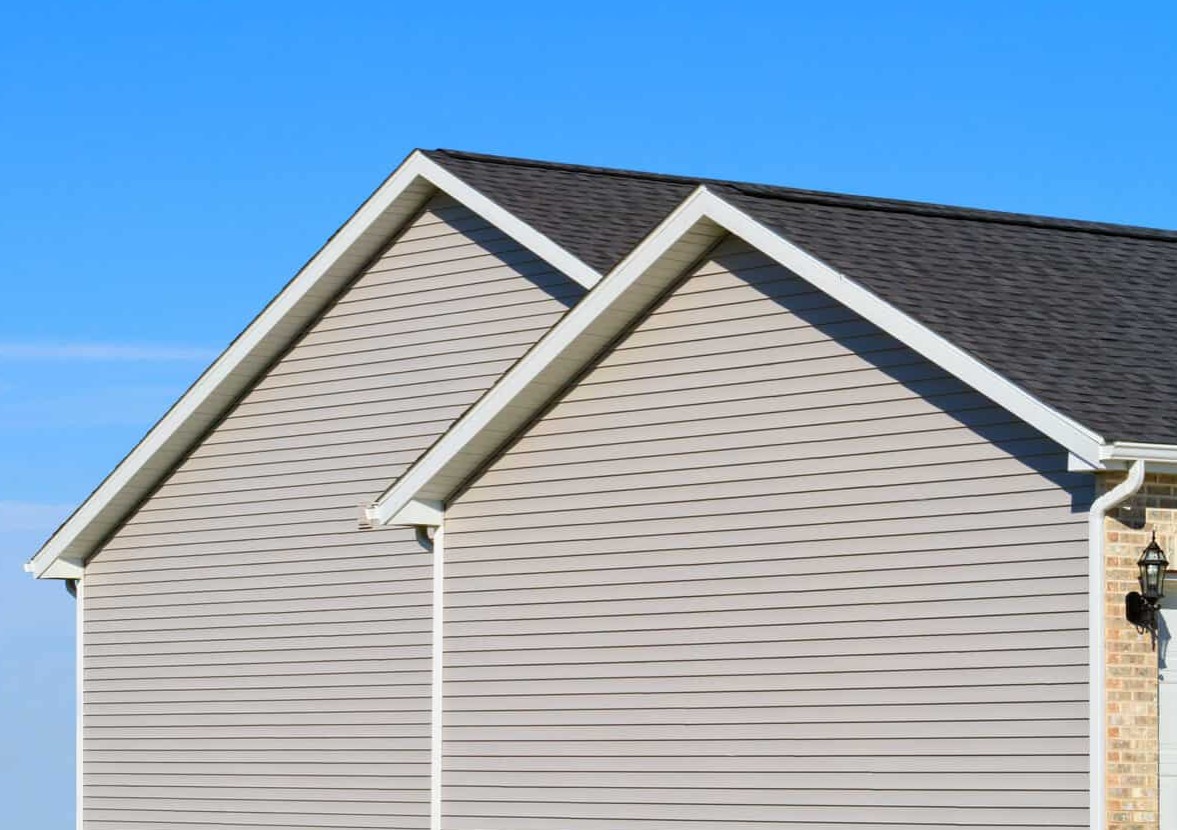
Replacing your home’s siding is not only an essential upgrade to protect your property but also an investment that can significantly increase the curb appeal and overall value of your home. However, this type of home improvement project can be expensive, and the costs can vary depending on several factors. It’s important to have a clear understanding of these costs before embarking on a siding replacement project, so you can plan your budget accordingly and choose the best financing options.
Factors That Influence Siding Replacement Costs
The overall cost of siding replacement is determined by a combination of factors, including the materials used, the size of your home, the condition of your existing siding, and the labor costs involved. Here’s a breakdown of the most significant factors to consider when estimating siding replacement costs:
1. Siding Material
The type of material you choose for your siding is one of the biggest factors influencing the total cost of the project. Different materials come with varying price points, and some are more labor-intensive to install than others. Below are common siding materials and their associated costs:
- Vinyl Siding: Vinyl is one of the most affordable and commonly used materials for siding. It’s known for its durability, ease of maintenance, and versatility in color and style. The cost for vinyl siding generally ranges from $3 to $7 per square foot.
- Wood Siding: Wood siding, particularly cedar, is a classic and aesthetically appealing option that can give your home a natural and rustic look. However, wood requires more maintenance than vinyl, including regular painting or staining. Wood siding typically costs $6 to $10 per square foot, but the higher-end varieties, such as redwood or cedar, can be significantly more expensive.
- Fiber Cement Siding: Fiber cement is a highly durable material made from a mixture of cement, sand, and cellulose fibers. It’s resistant to rot, insects, and extreme weather conditions. Fiber cement siding costs between $5 and $10 per square foot, making it a mid-range option in terms of price.
- Metal Siding (Aluminum or Steel): Metal siding is another popular choice, particularly for modern or industrial-style homes. It’s low maintenance, fire-resistant, and can withstand harsh weather. The price for metal siding ranges from $7 to $12 per square foot, with steel being at the higher end of the price spectrum.
- Stone or Brick Veneer Siding: Stone or brick veneer is a premium siding option that provides a classic, luxurious look. These materials are durable, require little maintenance, and offer excellent insulation properties. However, the cost can be high. Expect to pay $10 to $30 per square foot for stone or brick veneer, depending on the specific type of stone or brick selected.
Each of these materials comes with its own set of advantages and disadvantages, so it’s important to weigh the cost against the benefits when choosing the best option for your home.
2. Home Size
The size of your home is another major factor in determining the total cost of siding replacement. The larger your home, the more siding will be needed, and the higher the overall cost will be. Typically, siding is priced by the square foot, so you can estimate the cost by measuring the exterior of your home.
For example, a small home with 1,000 square feet of exterior wall space may require about 1,200 square feet of siding (taking into account overlaps and seams), while a larger home with 3,000 square feet of exterior space could require over 3,500 square feet of siding. Therefore, for larger homes, the cost can easily escalate into the tens of thousands of dollars.
3. Existing Siding Condition and Removal Costs
If your home already has existing siding, the condition of the current siding will affect both the cost of the replacement and the labor involved. If the existing siding is in poor condition or requires extensive repair or removal, additional labor costs may be added to the total price.
Removing old siding is an essential part of the replacement process, and it may involve extra costs for disposal. If the old siding is severely damaged or difficult to remove (such as with brick or stone veneer), the labor costs can increase. Typically, homeowners can expect to pay an additional $1 to $3 per square foot for removal and disposal of old siding.
4. Labor Costs
Labor costs can account for a substantial portion of the total cost of siding replacement. The complexity of the installation, the type of material chosen, and the experience level of the contractor all influence the price of labor. For example, materials that require specialized installation, like stone or brick veneer, often come with higher labor costs.
On average, labor costs for siding installation typically range between $1.50 and $3.50 per square foot. However, this can vary depending on your geographical location, the experience of the contractors, and the difficulty of the installation. More complex siding materials like wood or fiber cement may take longer to install, thus increasing labor costs.
5. Geographic Location
The cost of siding replacement can vary based on your geographic location. Areas with higher living costs and more expensive labor markets—such as major metropolitan cities or regions with a high demand for home improvement—tend to have higher overall costs. Conversely, areas with lower labor costs and fewer building regulations may offer more affordable prices.
It’s also important to consider the cost of transporting materials to your location. If you live in a rural area or somewhere that is far from suppliers, transportation costs may increase, contributing to higher overall costs.
6. Additional Features or Customization
If you choose to add additional features or customize the siding installation, the cost can increase. Some common upgrades and add-ons include:
- Trim work and decorative accents: Adding custom trim, window frames, or decorative elements can enhance the aesthetic appeal of your home but may increase the cost.
- Insulated siding: Insulated siding provides better energy efficiency, which may be beneficial for extreme climates. It costs more than standard siding, but it can help reduce heating and cooling costs over time.
- Color customization: While many siding materials come in standard colors, opting for custom colors or finishes may result in additional charges.
7. Permits and Inspection Fees
In some areas, replacing your siding may require a permit, especially if the project involves structural changes or if you are using specific materials. Permit fees vary depending on local regulations but can add to the overall cost of the project. Additionally, you may be required to schedule an inspection to ensure the installation meets local building codes, which could incur an additional cost.
Common Financing Options for Siding Replacement
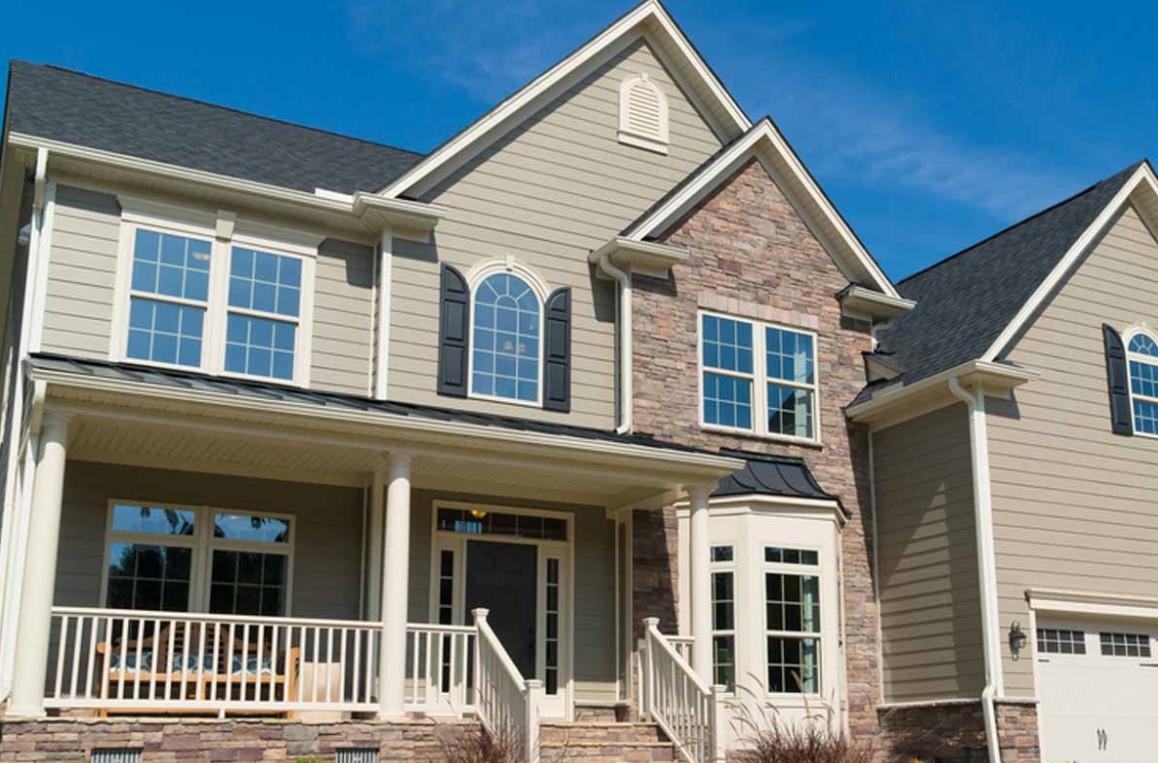
When you decide to replace your siding, one of the first things to consider is how to finance the project. Thankfully, there are a variety of financing solutions available to help homeowners manage the cost. Below, we will discuss the top financing options for siding replacement and how they can benefit you.
Personal Loans
One of the most straightforward ways to finance your siding replacement project is through a personal loan. Personal loans are unsecured loans, meaning you don’t need to put up any collateral to secure the loan. You can borrow a lump sum of money and pay it back in fixed installments over a set period, typically ranging from 12 to 60 months.
Benefits of Personal Loans for Siding Replacement:
- Fixed interest rates make budgeting easier.
- Quick approval process, with some lenders offering funds within a few days.
- No collateral required, making it a risk-free option.
A personal loan is often ideal for homeowners who need flexibility in their financing but don’t want to risk their property. If you have a good credit score, you may also be able to secure a loan with a low interest rate, making it a cost-effective way to pay for siding replacement.
Home Improvement Loans
Home improvement loans are another option to consider for siding replacement. These are specialized loans that are specifically designed for home renovation projects. Home improvement loans can either be secured or unsecured, and they typically offer lower interest rates than personal loans because they are often backed by the equity in your home.
Benefits of Home Improvement Loans:
- Lower interest rates compared to other unsecured loans.
- Larger loan amounts may be available, depending on the equity in your home.
- Tax-deductible interest in some cases, making it even more affordable.
Home improvement loans are a great choice for homeowners with significant equity in their homes, as they provide the funds needed for large-scale projects like siding replacement. However, since they are secured by your home, it’s important to ensure that you can meet the repayment terms to avoid the risk of losing your property.
Credit Cards
If you prefer to have more control over your payments and avoid long-term commitments, using a credit card to finance your siding replacement could be a viable option. Many credit cards offer promotional 0% APR for the first 12 to 18 months, allowing you to pay off the balance without incurring interest for a set period.
Benefits of Credit Card Financing:
- Flexible payment options with low initial interest rates.
- Rewards points or cashback for eligible purchases.
- Short-term financing option with no collateral required.
However, using a credit card is best for those who can pay off the balance before the promotional period ends. Otherwise, interest rates can skyrocket, making this option less affordable in the long run.
Top Financing Programs and Product Examples
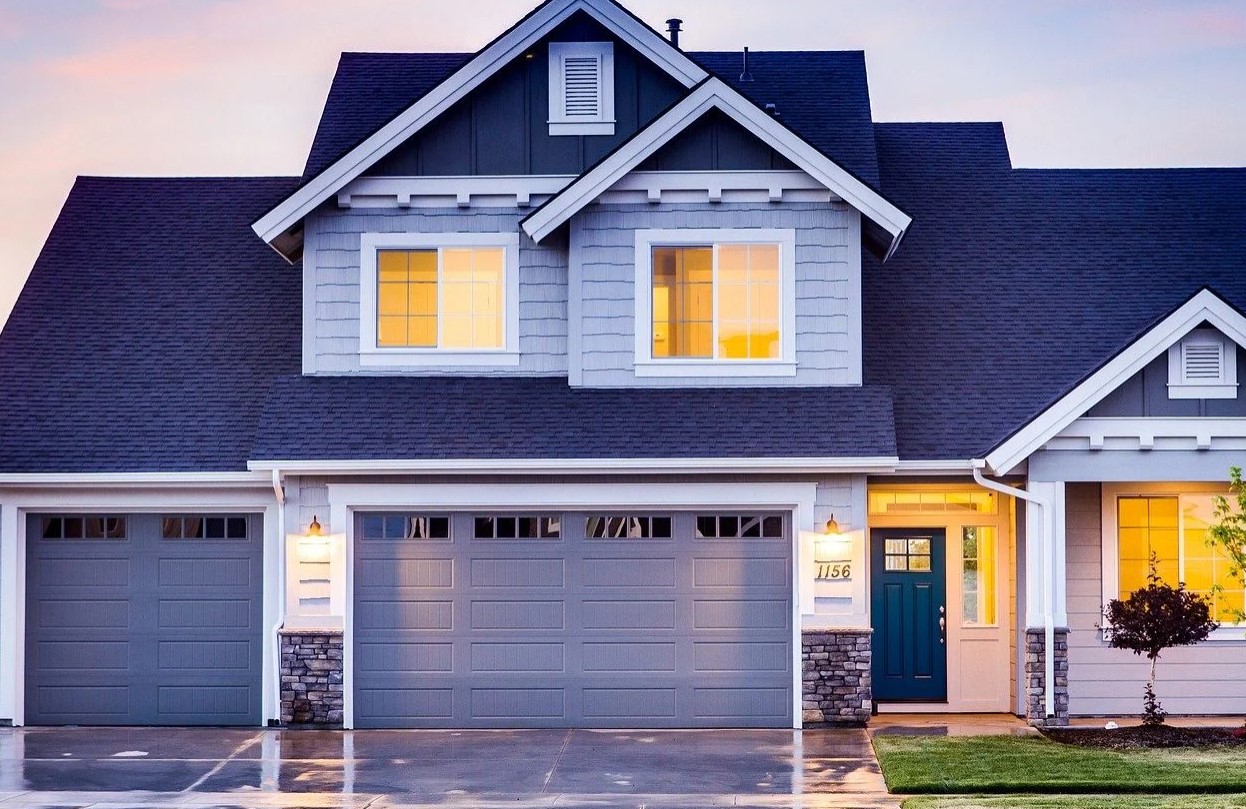
In addition to the more general financing options mentioned above, some specific programs and products cater directly to siding replacement financing. Below, we will look at three such products, detailing their features, pros, cons, and pricing to help you decide which might be the best fit for your needs.
1. Home Depot Siding Financing
Home Depot offers a variety of financing options for homeowners looking to replace their siding. One of the most popular choices is the Home Depot Project Loan, which provides a fixed-rate loan specifically for home improvement projects, including siding replacement.
Features:
- Fixed interest rates as low as 7.99% APR.
- Loan amounts range from $2,000 to $55,000, with repayment terms from 24 to 84 months.
- No annual fee or prepayment penalty.
Pros:
- Easy application process, with many customers qualifying in minutes.
- Competitive interest rates compared to other financing options.
- Flexible repayment terms that can fit various budgets.
Cons:
- Requires a good credit score to receive the lowest rates.
- Potential fees for late payments or missed payments.
Price: Financing terms vary depending on your credit score and the total amount of the loan.
Where to Buy: You can apply for Home Depot financing directly on their website or in-store. For more details, visit Home Depot Siding Financing.
2. Lowe’s Siding Financing
Lowe’s also provides financing for siding replacement through their Lowe’s Advantage Card. This card offers 5% off eligible purchases and special financing for 6 months or more on select purchases. Lowe’s also provides longer-term financing options for larger projects.
Features:
- 5% off purchases made with the Lowe’s Advantage Card.
- 6-month special financing on purchases over $299.
- Long-term financing options for more extensive home improvement projects.
Pros:
- Immediate savings on materials and services.
- Easy to apply online or in-store.
- Flexible financing plans tailored to your project’s needs.
Cons:
- High interest rates after the promotional period ends.
- Only applicable at Lowe’s stores and website.
Price: Financing terms are available on a case-by-case basis.
Where to Buy: Apply for the Lowe’s Advantage Card on their website or in-store. For more details, visit Lowe’s Siding Financing.
3. Wells Fargo Home Projects Credit Card
Wells Fargo offers a credit card designed specifically for home improvement projects, including siding replacement. This card provides special financing options for qualified purchases, allowing homeowners to spread out payments over time.
Features:
- Special financing for 12 to 18 months on qualifying purchases.
- Access to Wells Fargo’s broad range of home improvement services.
- No annual fee.
Pros:
- No interest if the balance is paid off within the promotional period.
- Convenient for homeowners who need fast approval for their project.
- Flexible payment terms.
Cons:
- High interest rates after the promotional period expires.
- Limited to participating retailers.
Price: Terms vary depending on the project amount and your credit history.
Where to Buy: You can apply online or at participating retailers that accept Wells Fargo’s Home Projects Credit Card. For more information, visit Wells Fargo Home Projects.
Benefits of Siding Replacement Financing
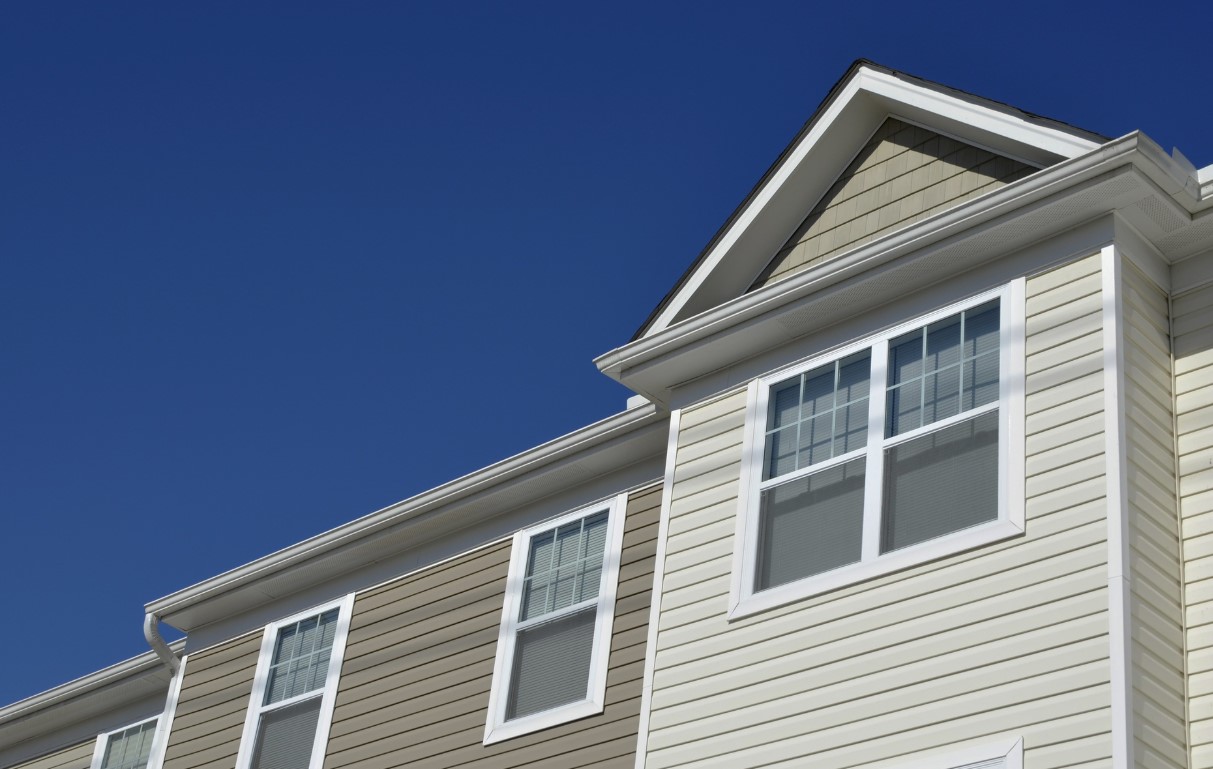
Opting for siding replacement financing offers several significant advantages for homeowners. Below are the main benefits of financing your siding replacement:
Flexibility in Payments
One of the biggest advantages of siding replacement financing is the flexibility it offers. With various loan options and repayment terms available, you can choose a financing solution that works with your budget. Whether you prefer a shorter loan term with higher payments or a longer-term with lower payments, financing makes it easier to manage the costs of your home improvement project.
Immediate Access to Funds
Financing allows you to begin your siding replacement project immediately, rather than waiting until you have saved enough funds. This can be especially important if your current siding is damaged or deteriorating and needs urgent attention to prevent further issues, such as water damage or energy loss.
Low-Interest Options
Some financing programs, like the Home Depot Project Loan or Lowe’s Advantage Card, offer low-interest or even 0% APR promotional financing for a set period. This means you can pay for your siding replacement over time without paying excessive interest.
How to Buy Siding Replacement Financing
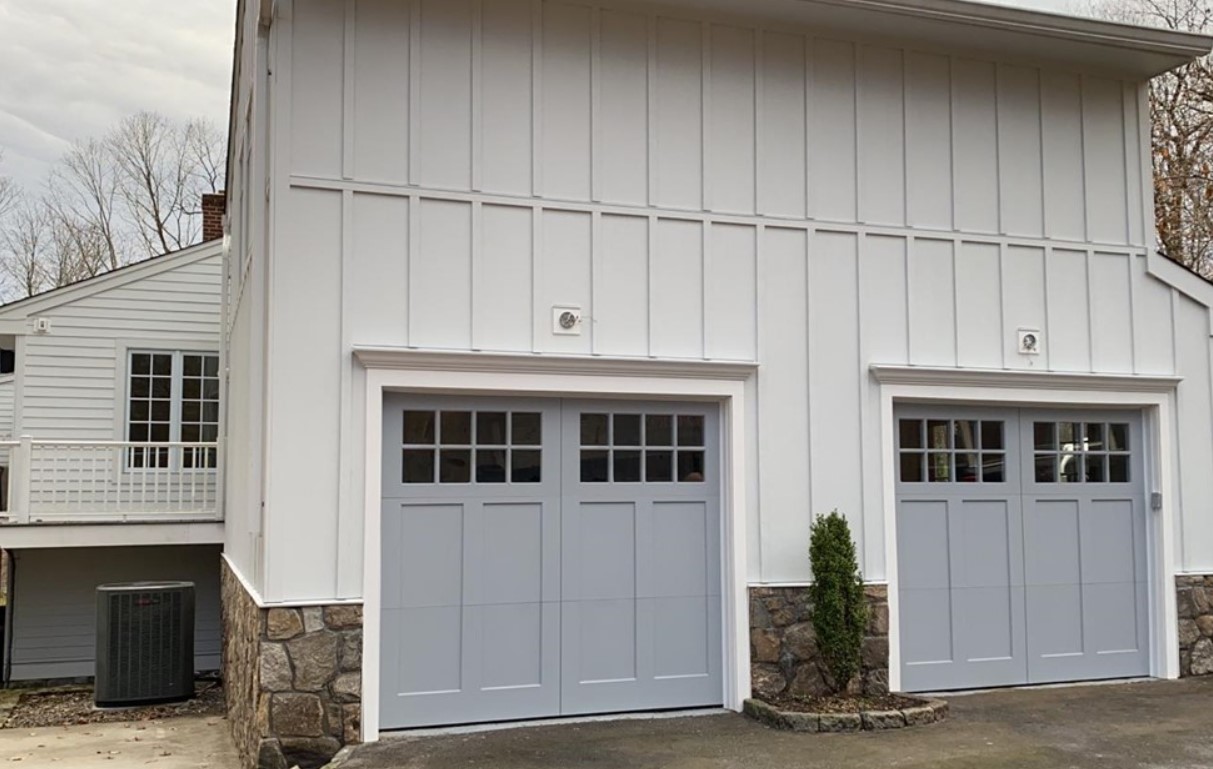
To purchase siding replacement financing, you’ll need to research the various options and choose the one that best fits your financial situation. Be sure to check your credit score, as this can affect the interest rates and loan terms available to you. You can apply for financing through major retailers like Home Depot, Lowe’s, or through personal loan providers.
Once you’ve chosen your financing option, you can either apply online or visit the retailer or lender’s physical location to complete the application process. It’s important to read the terms and conditions of the loan before agreeing to ensure you understand the repayment schedule and any potential fees.
FAQs
Q1: How can I get free siding for my house?
A1: While you may not be able to get completely free siding, there are programs that offer discounts or financial assistance. Some local governments or nonprofit organizations provide grants or low-interest loans for home repairs, including siding replacement. Additionally, some retailers offer special promotions or financing options that can help reduce the upfront costs.
Q2: What is the average cost of window and siding replacement?
A2: The cost of window and siding replacement can vary widely depending on the materials, size of your home, and location. On average, homeowners can expect to pay around $5,000 to $15,000 for siding replacement and $300 to $1,000 per window replacement. It’s best to get multiple quotes from contractors to get an accurate estimate.
Q3: Does Home Depot offer siding financing?
A3: Yes, Home Depot offers siding financing options through their Project Loan program, which allows homeowners to borrow up to $55,000 for home improvement projects, including siding replacement. The program offers competitive interest rates and flexible repayment terms.

